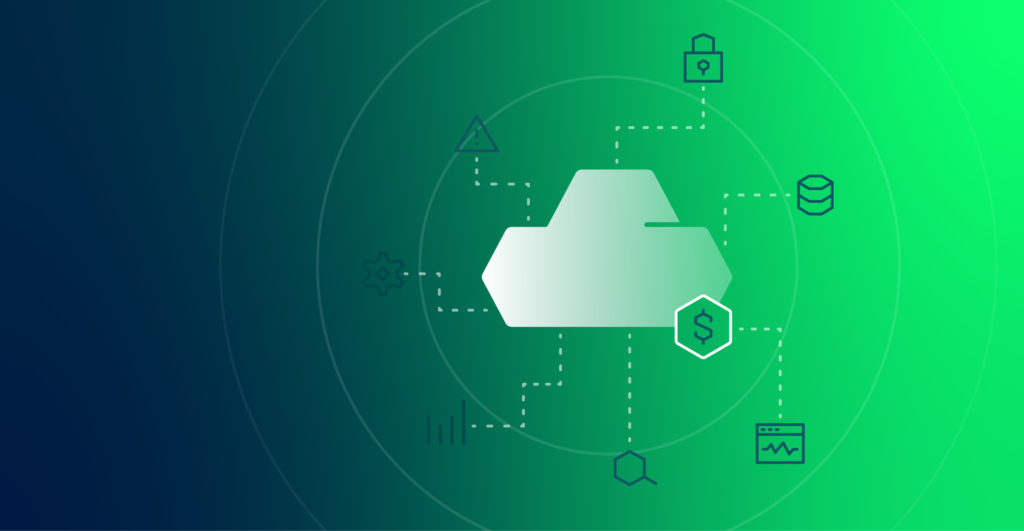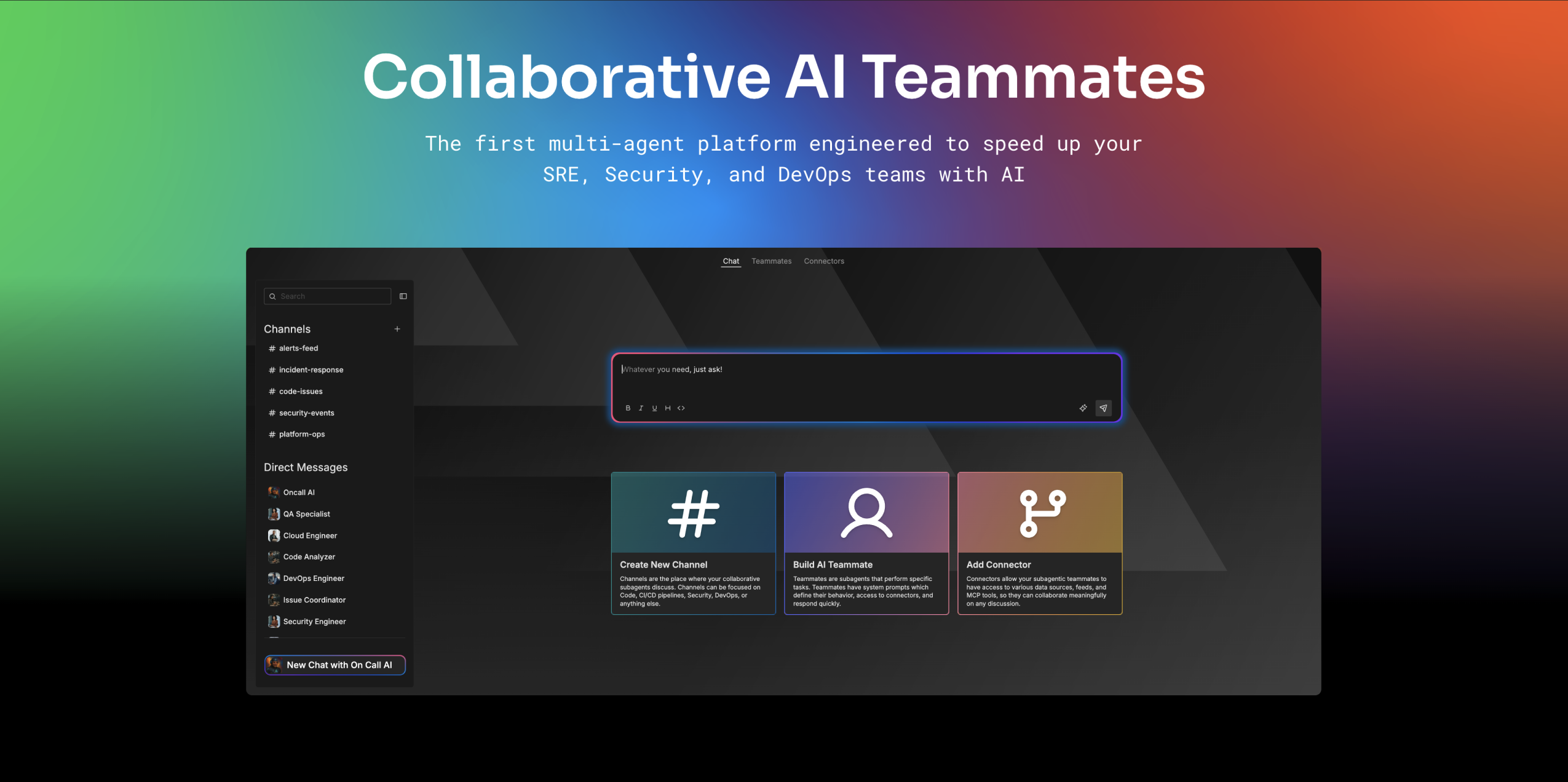The adoption of cloud infrastructures for businesses has grown over the past years. However, using these services also means spending money. To ensure businesses aren’t overspending, they must manage their cloud costs effectively. According to Gartner, 84% of giant tech companies manage cloud costs using a specific approach and software.
One approach offers an excellent solution to this problem: Cloud Cost Management. Also known as cloud cost optimization, this process offers complete visibility into cloud-related expenses. As a result, it helps businesses reduce cloud costs while maximizing its usage.
As more companies rely on cloud infrastructures, it becomes necessary to understand cloud cost optimization and how it works. Keep reading to learn what cloud cost management is.
Key Takeaways
- Cloud cost management, or cloud cost optimization, is a process of understanding and managing cloud-related costs. It helps reduce cloud-related expenses and optimize cloud resource allocation.
- While cloud cost management provides several benefits, it’s only achievable with the right tools and strategies.
- When choosing a cloud cost management tool, check if it offers essential functions like budget development, rightsizing, cost anomaly detection, and multi-cloud support.
- Cloud observability allows you to do more than simple cloud cost management. It helps you simplify the complex nature of cloud costs and cloud infrastructures.
- Edge Delta offers a cost-effective solution to help reduce cloud observability costs, resulting in lower costs, optimized performance, and better cloud cost management.
What is Cloud Cost Management? Full Definition
Cloud cost management, or cloud cost optimization, is the process of understanding and managing the costs associated with cloud technology. Its main goal is to maximize cloud efficiency and usage at the lowest cost.
The growing complexity of cloud costs requires management.
As cloud infrastructures evolve, their costs become more complicated, making tracking difficult for users. While public cloud providers’ pay-per-use model seems cost-effective, it can quickly go out of control, leading to “sticker shock.”
The situation is even worse if decisions are decentralized within an organization, where individuals can create instances and incur costs without accountability. These issues have led many enterprises to recognize the need for cloud computing cost management. By having a specific cloud cost optimization strategy, they can improve the cloud infrastructure while reducing costs.
How Does Cloud Cost Management Work? A Comprehensive Walkthrough of the Process
Cloud cost management or cloud cost optimization involves strategies and tools. With this process, organizations and business can:
- Have complete visibility into how they use cloud resources
- Detect and remove unnecessary, unused, or excessive cloud services
- Predict future cloud costs for future budget planning
Cloud costs are influenced by many factors that are not noticeable upfront. For cloud cost optimization to be effective, the following must be considered:
- Cloud Memory
- Cloud Storage
- Virtual Machine Instances
- Network Traffic
- User Support
- Training and Resources
- Usage Licenses
- Cloud Services
With cloud cost management tools, organizations can track every cloud-related expense. This process lets them allocate resources to different teams responsible for accumulating them. As a result, those who added too many features that require too much storage and server time will be held accountable.
Cloud cost management best practices have historically focused on finding every opportunity to cut costs. Nowadays, it focuses on optimizing cloud usage to minimize costs and maximize returns.
Importance of Cloud Cost Management
Cloud cost management is a crucial planning process to reduce total cloud ownership expenses and maximize cloud resource allocation. Every organization and business using cloud-based infrastructures needs this process to save money and ensure effective long-term budgeting and planning.
Implementing cloud cost management strategies can improve organization transparency and accountability. Moreover, it helps departments take ownership of cloud spending and become more conscious about cloud resources.
What are the Benefits of Cloud Cost Management?
With the appropriate cloud cost management tools and practices, organizations can enjoy the following benefits:
Reduced Cloud Expenses and Promotes Cost Saving
Cloud cost management detects and removes unnecessary, unused, and excessive cloud resources. Moreover, it optimizes cloud resources through appropriate allocation, reducing cloud expenses. With the right tool and strategy, cloud cost optimization promotes cost savings by preventing cloud resources from being wasted or underutilized.
Data-Driven Predictability for Smarter Budgeting
Through cloud cost management, organizations learn how they use cloud resources. These insights are crucial in understanding the budget and using them to predict costs as they scale. As a result, this process promotes more innovative budgeting and future-proofing.
Improved Cloud Usage Efficiency and Performance
Cloud cost management implements rightsizing and autoscaling. Companies can optimize their use of the cloud by comparing actual usage to resources. Using the cloud efficiently also enhances cloud performance.
Complete Visibility to Finances
Cloud cost management involves comprehensive reports that offer visibility into finances. It also covers spending allocation, which helps companies make data-based decisions. With this benefit, businesses can attribute costs to departments, improving financial responsibility by becoming more aware of resource usage.
Increased Engineering Productivity and Security
Cloud cost management eliminates many optimization functions, allowing engineers to focus on generating codes for other problems. Using these tools saves DevOps teams time. The detailed analysis can reveal your company’s tasks, such as updating and upgrading the platform. As a result, engineers learn other problems to solve, leading to better cloud security.
Cloud Cost Management Best Practices: 11 Proven Strategies
While cloud cost optimization provides many benefits, it will only be achievable when you do it correctly. Here are some of the best cloud cost management strategies you can implement:
1. Leveraging Cloud Service Discounts
Public cloud service providers usually offer discount programs to help businesses. The discount varies from 30% to 90%, depending on the provider and the program. Here are some discounts you’ll usually encounter:
| Type of Discount | Savings | Provider |
|---|---|---|
| Usage commitment discount | Up to 72% off | Google Cloud, AWS, and Microsoft Azure |
| High-volume usage discount | Depends on Usage Volume | AWS and Google Cloud |
| Bring-your-own-license discount | Varies | Microsoft Azure |
When choosing a cloud service provider, check if these programs apply to your company. It’s an easy way to save costs by giving you better prices.
2. Rightsizing Resources Based on Workload
Rightsizing is a strategy that involves adjusting your resources to match your workload. To do so, you first need to understand your cloud resource usage. This process avoids overprovisioning, which wastes money, or underprovisioning, which affects workload.
3. Autoscaling Computing Capacity Based on Workload
This strategy works by adjusting your computing capacity to match your workload’s requirements. It involves checking on factors like CPU, Memory, and Network Bandwidth. With autoscaling, you can increase cloud resources when your workload spikes, and it works the same way downwards. In short, it automates the adjustment, so you save money without doing anything.
4. Cloud Cost Forecasting and Budgeting
With cloud cost forecasting and budgeting, you estimate cloud expenses within a specific time frame. This process depends on tracking cloud expenses, monitoring usage, and comparing them with your budget. The insights from this planning help you understand what to adjust depending on your needs.
5. Leveraging Cloud Cost Tool Recommendations
Cloud cost management tools usually generate automatic cost reduction recommendations. These suggestions are reliable because they come from your cloud infrastructure’s usage patterns. When you look at these insights, you can reduce your expenses. You can make the changes manually or let the tool apply them.
6. Proactively Detecting Cost Anomalies
Cost anomalies refer to specific instances when your cloud infrastructure charges more. It can be due to a traffic spike or any other event. While cost anomaly detection works, it’s usually slow. The key is using a reliable tool that proactively detects these things. By doing this, you can uncover and resolve cost anomalies before they cause you to overspend.
7. Allocating Cloud Costs
Allocating cloud costs involves assigning cloud expenses to specific business units or departments. This practice makes everyone accountable since they know how much resources they spend. As a result, all members can minimize costs and maximize profits.
8. Optimizing Engineer Controls
This practice empowers engineers to gain an architectural understanding of and control of cloud costs. It’s crucial since engineers usually discover technical issues that increase costs first. They are also significant consumers of IT expenditures in most companies. By prioritizing engineer controls, organizations can reduce expenditures and optimize resources.
9. Aligning Cloud Cost with Business and Stakeholder Needs
Aligning cloud costs with business and stakeholders’ needs can help you see where resources are spent. This practice can give you complete insight into the user, the project, the purpose, and the location of the resources. This data provides trade-off opportunities to reduce costs or optimize resources.
10. Multi-cloud cost visibility and optimization
Understanding the costs of each platform, service, or provider leads to better management. With multi-cloud cost visibility, you can find hidden costs, like data transfers and processing fees, and resolve them. You can also find tools to bring these things in one place for easier management. As a result, you can gain complete control and prevent these hidden costs from consuming your resources.
11. Leveraging Cloud Cost Data Analytics
Cloud cost data analytics lets you discover cost patterns, risks, and opportunities, giving you a complete overview of your resources. For example, you can compare the cost of running a feature to a specific customer. With this practice, analysts can gather granular data necessary for accurate gross margin calculations.
Cloud Cost Management Tools: Must-Have Features
Cloud cost management tools are software solutions designed to analyze, monitor, and ease cloud cost management. These tools automate several tasks that could be time-consuming manually. Moreover, they come with features that provide data-driven insights for better cloud cost management.
When choosing a cloud management tool, you must ensure it offers the following:
| Function/Feature | Purpose or Benefit |
|---|---|
| Cloud Cost Budget and Forecast | To develop a budget that suits the business’s resources and workload |
| Rightsizing Function | To prevent resource wasting due to overprovisioning and performance lagging due to underprovisioning |
| Automated Remediation | To clarify governing regulations of cloud services and their operations |
| FinOps Maturity Evaluation | To establish a better maturity roadmap for cloud accounts through regular FinOps evaluations |
| Resource Optimization | To match the provisioning of cloud resources to the needs of every workload |
| Cost Anomaly Detection | To detect and gather cost spike data and promote immediate action |
| Integrated compliance, governance, and security | To create an integrated approach to managing cloud compliance, governance, and security |
| Multi-cloud support | To centralize cloud cost optimization for multi-cloud companies and organizations |
| Rate Optimization | To detect cloud cost reduction opportunities by leveraging plans and tiers |
With these features, you can enjoy easy and usually automated cloud cost optimization. You’ll find plenty of tools with these functions to help you reduce and manage your cloud costs.
While you can settle for cloud cost management tools, you can optimize cloud costs more by achieving observability in your cloud infrastructures. Here’s where Edge Delta steps in.
Edge Delta: Go Beyond Simple Cloud Cost Management with Cloud Observability
Observability helps organizations maintain the health and performance of their cloud resources. However, with the rate telemetry is growing, observability costs can quickly explode. Thus, reducing observability TCO is also a crucial part of cloud cost management.
Most cloud infrastructure providers offer a native monitoring tool to address this concern. While these tools usually also follow a pay-per-use model, they can get expensive as you scale. Moreover, they only offer simple monitoring tools, which isn’t enough to achieve observability.
In this case, Edge Delta, an observability and telemetry pipelines platform, offers an excellent solution.
Edge Delta’s Observability Cost Management
Edge Delta offers an observability cost management solution beyond cloud cost management. This solution involves pre-processing of data as it’s created. As a result, you can:
- Reduce cloud observability costs by up to 60%
- Achieve better visibility to every dataset
- Summarize or filter out data to reduce its volume
With Edge Delta, you can automate cloud monitoring, issue detection, and alerting. This platform also leverages AI to give immediate insights into real-time data. As a result, you can automate every monitoring work and enjoy out-of-the-box observability.
Edge Delta works with cloud computing platforms such as AWS, Google Cloud, and Microsoft Azure. It’s also compatible with other observability tools tools, allowing you to reduce the costs of your existing provider.
Leveraging Edge Delta eliminates the need to use native monitoring tools, like Amazon CloudWatch. It also offers a cost-effective way to achieve observability to your cloud infrastructure, resulting in lower cloud costs and better performance.
FAQs on Cloud Cost Management
What is cost management in cloud computing?
Cost management in cloud computing means setting budgets, utilizing the cloud, and imposing spending restrictions within the budget. This planning helps enterprises understand and manage cloud-related expenses, finding ways to maximize usage and efficiency while reducing costs.
How do you manage cloud costs?
Managing cloud costs involves maximizing cloud resources while keeping costs low. It also involves understanding cloud expenses, usage activities, cost anomalies, and other factors affecting cloud costs.
What is cloud expense management?
Cloud Expense Management, or CEM, is the efficient process of controlling cloud costs and resource usage.






